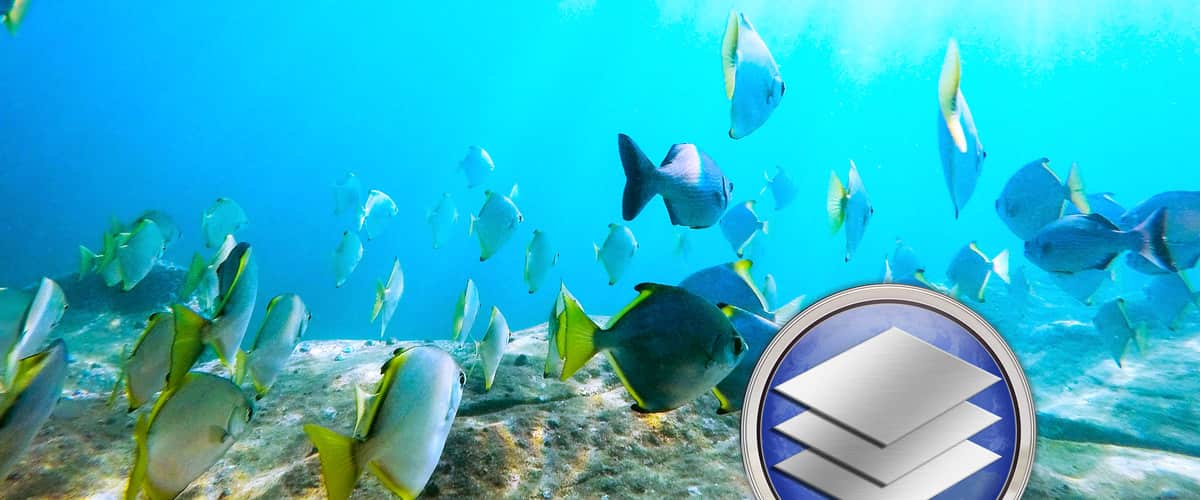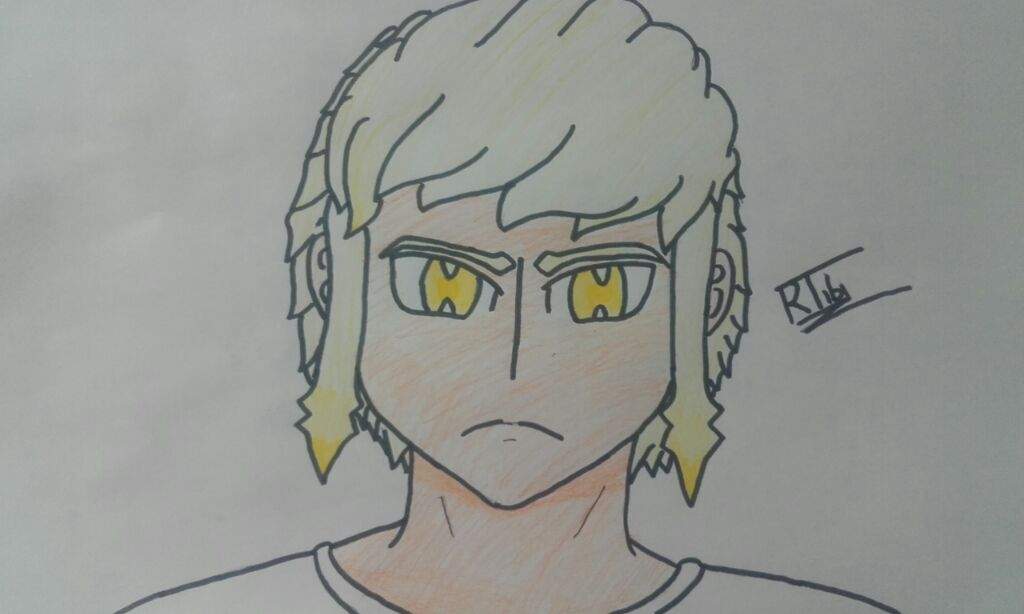

The spinal nerves pass through bony canals to branch out to the neck and arms. With the most range of motion, the cervical spine can be prone to overuse and injury (Fig. Neck pain ranges from mild to severe depending on the amount of injury, and can be acute or chronic.Īcute neck pain occurs suddenly and usually heals within several days to weeks.

Signs and symptoms of neck pain may be stiffness, tightness, aching, burning or stabbing or shooting pains, pressure, or tingling. Muscles can feel sore or tense in the neck, face, or shoulders. Muscles can spasm when they go into a state of extreme contraction (e.g., after whiplash). Movement may be restricted - perhaps you cannot turn your head. If nerves are involved, pain, tingling, numbness, or weakness may develop in your shoulders, arms or hands. Several situations signal the need for prompt medical attention. If nerve compression is severe, symptoms can include pain, numbness, tingling in the arms or legs, loss of bladder or bowel control, or loss of strength and problems with coordination. Neck pain along with a severe headache, fever, or nausea could be a sign of infection or a bleed in the brain. If your neck is so stiff that you can't touch your chin to chest, seek medical help immediately. Neck pain can result from injury, poor posture, stress, natural wear, disease, and other sources. Poor spinal alignment (e.g., slouching, sleeping on the stomach) and improper lifting stress the cervical spine and make injuries more likely.Injury or trauma: A whiplash injury, sports injury, or fall can strain or tear muscles and ligaments.Bulging or herniated disc: The gel-like center of a spinal disc can bulge or rupture through a weak area in the wall and compress nerves.Pinched nerve: Compression of a spinal nerve as it leaves the canal can cause pain to travel down the arm into the hands or fingers.Pinched nerve pain differs from carpal tunnel syndrome, which usually involve numbness.Osteoarthritis ( degenerative disc disease): As discs naturally age they dry out and shrink bone spurs can form.These changes lead to stenosis or disc herniation.Stenosis: Narrowing of the bony canals in the spine can compress the cord and nerves, causing them to swell and inflame.Ī careful medical exam will help determine the type and cause of your neck problem, and the best treatment options.A diagnostic evaluation includes a medical history and physical exam. Sometimes imaging scans (e.g., x-ray, CT, MRI) and tests to check muscle strength and reflexes are used. Healing begins with self-care and nonsurgical strategies (Fig. The goal is to correct the problem, restore function, and prevent re-injury.įigure 2. Exercise, strengthening, stretching and ideal weight loss are key elements to your treatment. Self care: Neck pain often resolves with rest, ice or heat, massage, pain relievers, and gentle stretches. Reduce muscle inflammation and pain using an ice pack for 20 minutes several times a day during the first 48 to 72 hours. Thereafter, a warm shower or heating pad on low setting may be added to relax the muscles.
A short period of bed rest is okay, but more than a couple of days does more harm than good. If self-care treatments aren't working within the first couple of days, see your doctor. Medications: Many people get pain relief with over-the-counter nonsteroidal anti-inflammatory drugs (NSAIDs) such as aspirin, ibuprofen or naproxen. A muscle relaxant may be prescribed for spasms. If pain is severe, an analgesic may be prescribed that can be taken with the NSAID or muscle relaxant.


 0 kommentar(er)
0 kommentar(er)
